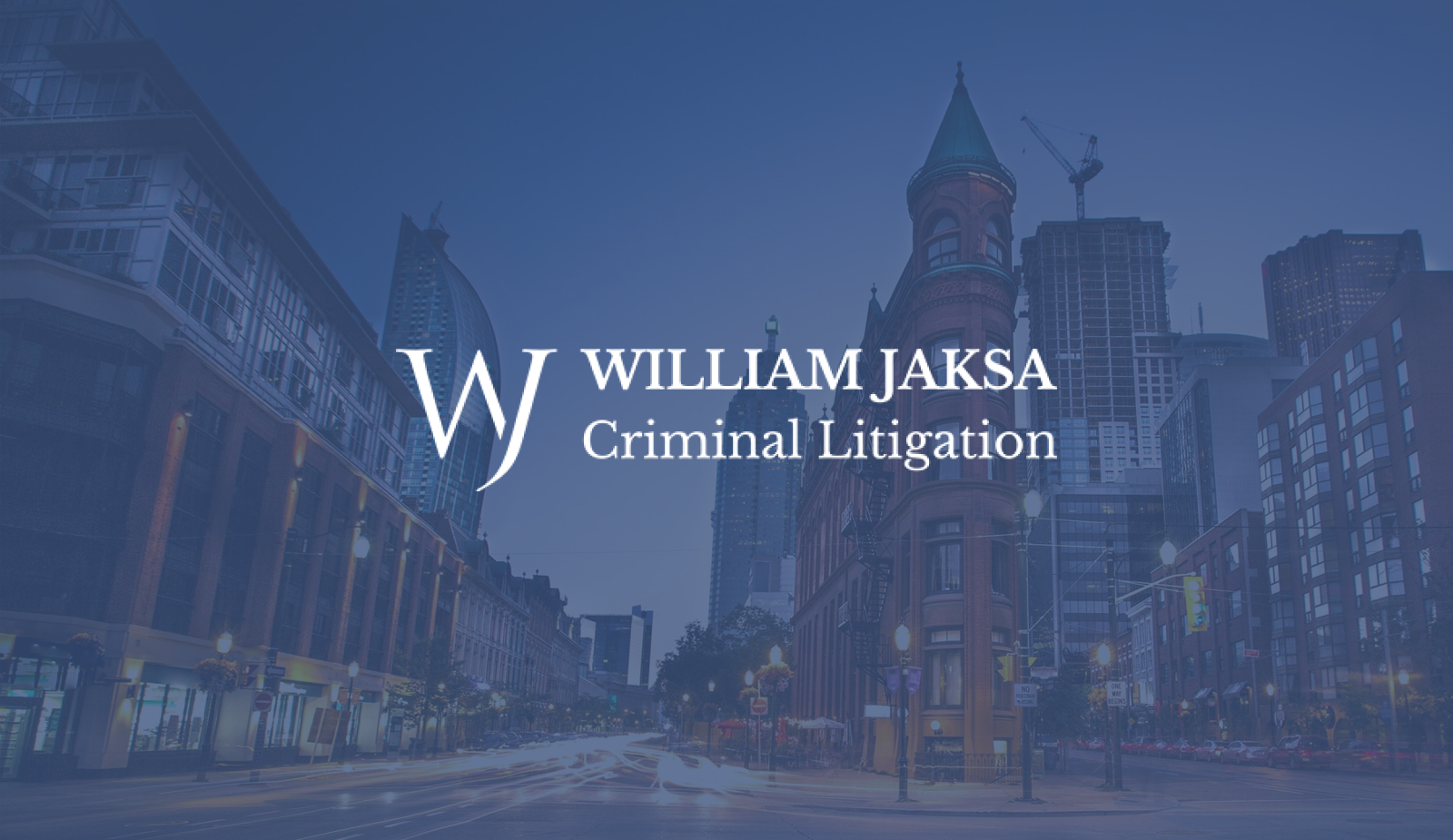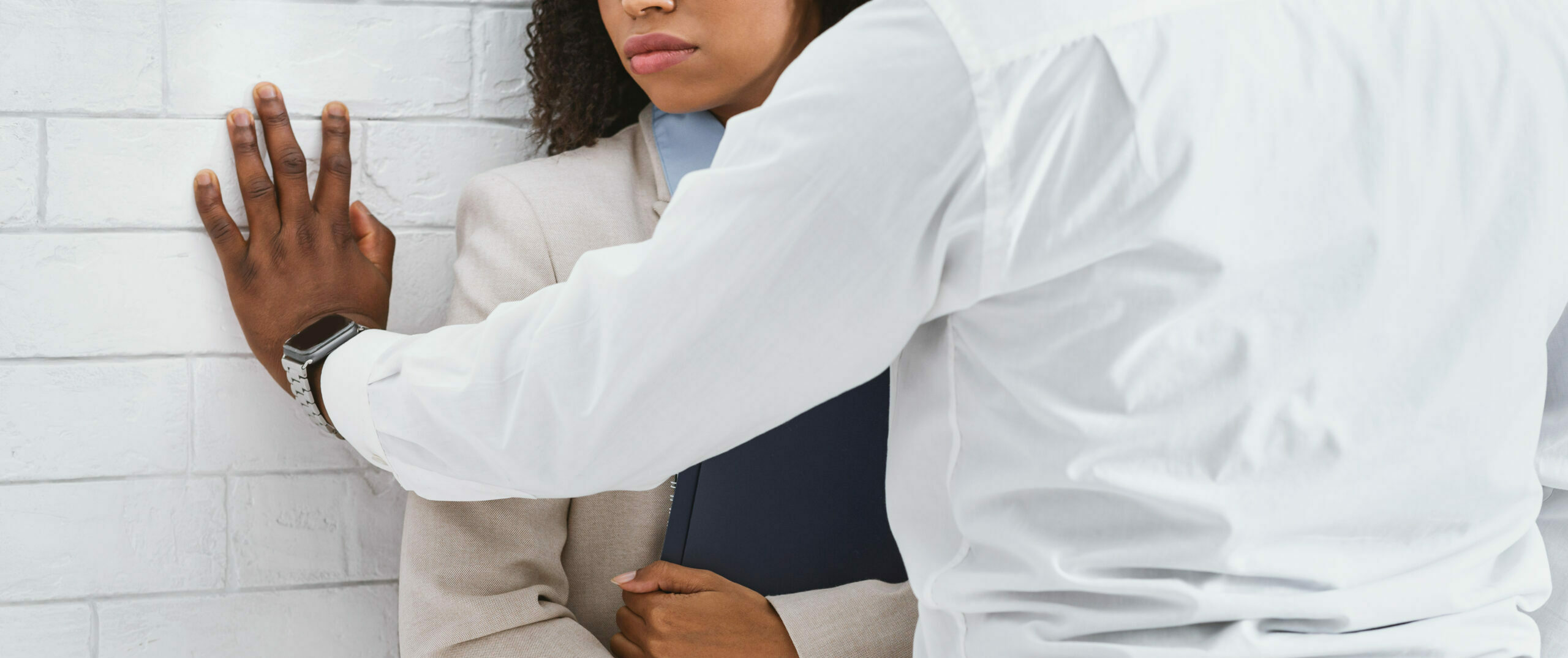Concerns over eyewitness testimony are nothing new in criminal trials. Studies have been showing significant concern over their accuracy, all the way back to the 1960s. Yet now, over half a century later, eyewitness testimony continues to play a major role in criminal trials.
In fact, concerns about the reliability of eyewitness testimony were almost completely ignored for over 20 years. Then in, 1989 the first person was exonerated through the use of DNA evidence.
DNA evidence has played a big role in proving the unreliability of eyewitness testimony. It’s been able to definitively prove that eyewitness accounts were incorrect.
In this article, take a look at the problems with eyewitness testimony.
PROBLEMS WITH EYEWITNESS TESTIMONY
Memory Is Malleable
Memory is not as reliable as we would like to think. In fact, it’s easy manipulated whether intentionally and unintentionally. Police can plant false memories in witnesses by asking leading questions or using suggesting language – this is not considered police obstruction.
If the police do not follow careful methodology, such as using double-blinds and getting descriptions before showing suspects witnesses, they can alter their memory. As a result, the witness may accuse the wrong person. This causes problems for not only the wrongfully accused, but also for the police, who may stop pursuing other leads.
As well, time plays havoc with our memories. The more time that passes between the event and the retelling, the more the memory tends to change. The most reliable parts of old memories are usually those most pertinent to the person recalling them. So the memory of other people and their appearance can change or fade.
Memory is easily distorted
In the following video, a classroom experiment shows both the inaccuracy of eyewitness identification. As well as how easy it is to distort witness memory:
It’s Difficult For An Eyewitness To Accurately ID Someone
“I’ll believe it when I see it,” or, “I saw it with my own eyes.” People put a lot of faith in what they see, but it may be misplaced. Especially when they see something unfamiliar or under stress.
Stress and fear affect our memory. They take our attention away from the finer details, like someone’s appearance, and focus on the threat instead. For example, if someone witnesses an armed robbery with a gun they’re attention is on the firearm, not on the assailant. Most people who witness a crime experience stress and/or fear.
When we don’t have all the details, our brains fill in the gaps in our memories. To do so, it often uses information we receive later. For example, someone may not remember what an assailant looked like, but they are subconsciously open to suggestion. So if the police show them a picture of a subject who vaguely matches their recollection, they’re more likely to accept it.
This effect can also happen if the subject lacks distinctive features, or if there is any obstruction to seeing them. For instance, distance and lighting can directly impact the accuracy of an eyewitness.
As well, eyewitnesses show a much higher rate of error when trying to identify people of a different race. This can be the result of racial bias or simply due to racial disparity. It’s easier for people to accurately identify strangers of a similar racial background to their own.
The Ripple Effect
The ripple effect is a common problem with eyewitness testimony. In short, the ripple effect causes witnesses to double down after they accuse someone. So even if they were unsure when selecting someone from a lineup they will, over time become convinced that they are certain.
Eyewitness Testimony Sways Jurors
Despite the known unreliability of eyewitness testimony, it remains an effective tool. Their testimony has a strong effect on jurors. In the US, mistaken eyewitness identification ended to 71% of wrongful convictions.
For an explanation on confronting witnesses with contradictory evidence or counter version of events, the Browne v. Dunn Rule, during trial please read the article on The Rule in Browne and Dunn.
TORONTO CRIMINAL DEFENCE LAWYER
If you or a loved one are facing charges in a case of mistaken identity, you need a lawyer with experience in challenging evidence and eyewitness testimony. William Jaksa is a Toronto criminal defence lawyer who will help you understand your options and potential outcomes.
Contact Jaksa today for a consultation.





